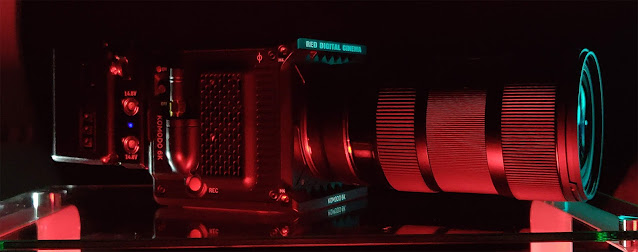I recently shot a music video for Alice the g00n, called CYA. It was a studio shoot that was incredibly VFX heavy, which is always a concern on a moderate budget. In this case, I had to rely heavily upon very specific storyboards and framing to keep the amount of VFX work in check (framing shots to keep us off what would be a CG background as much as possible). The director had a very dialed in vision for exactly how the edit would work and what framing would be, so I had a lot less leeway for picking shots than I'm used to. But at the end of the day, I'm there to deliver on the director's vision, so it's a bit more of an execution of the shots kind of job.
For the project, we shot on Atlas Orion anamorphic lenses on RED Komodo @ 6k. I didn't use any diffusion filtration to keep things as sharp as possible to help post with their background replacement. The director wanted a Lady Snowblood inspired look, which was fairly low contrast.


































